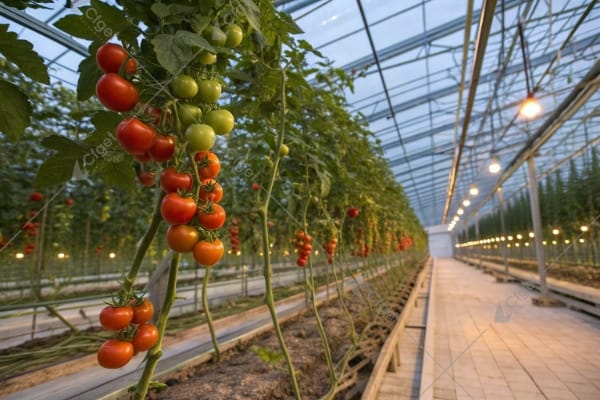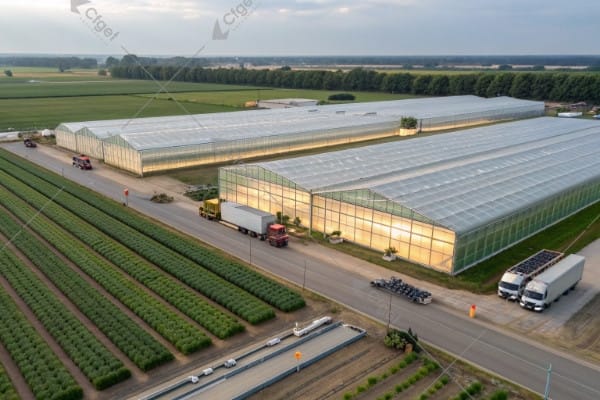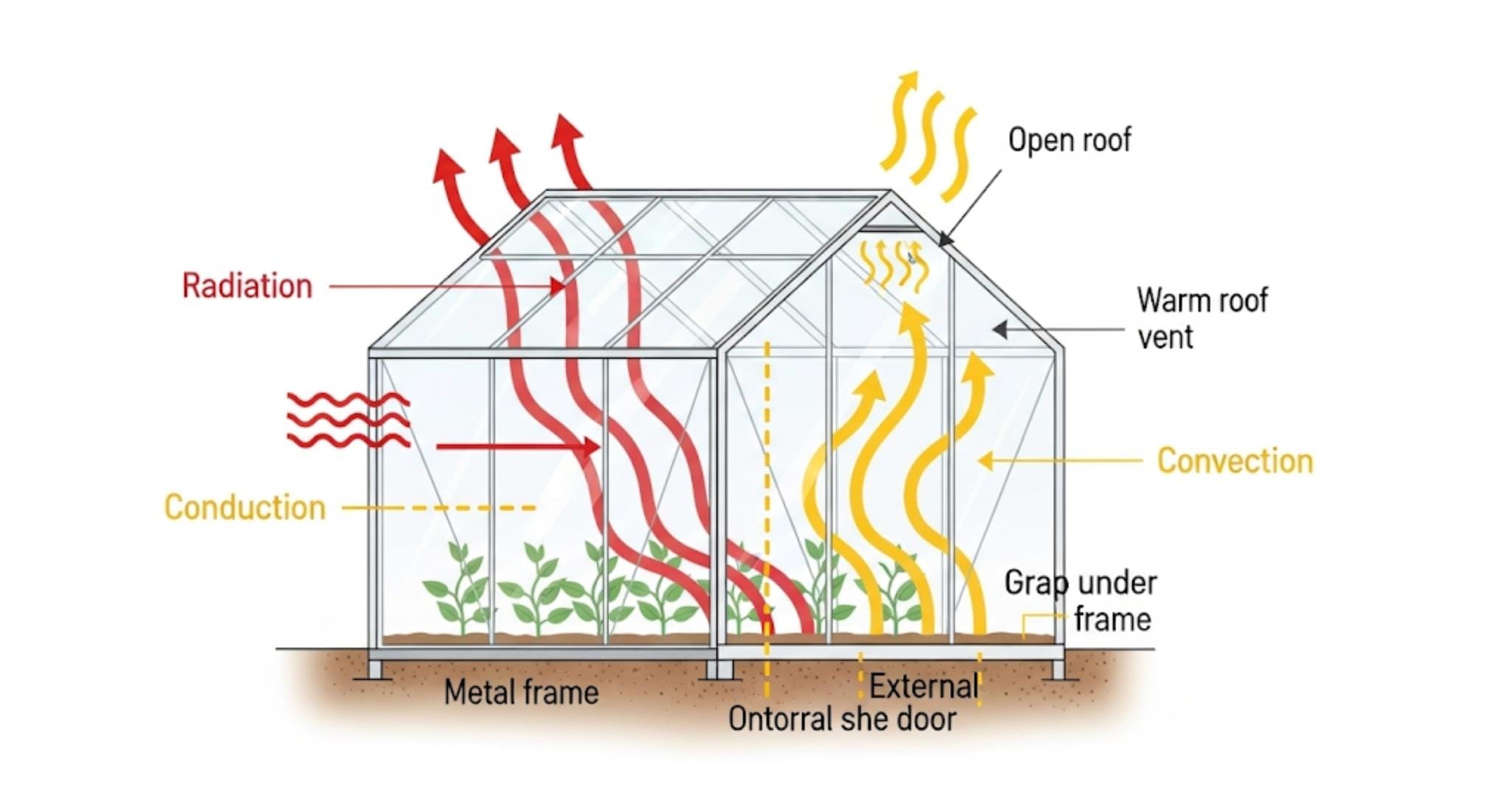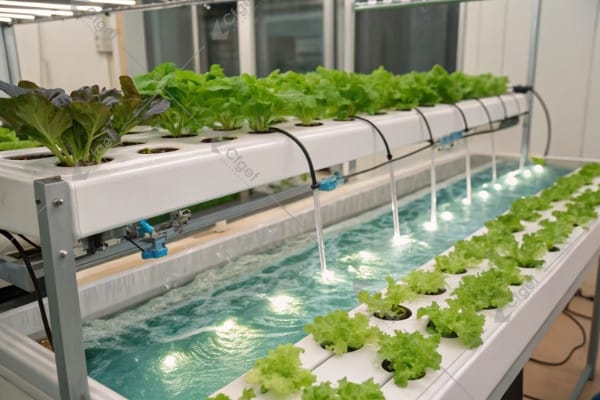Poor glass selection costs growers thousands in reduced yields and higher energy bills. Wrong choices create hot spots, poor light distribution, and crop stress. Smart glass selection transforms greenhouse performance completely.
The right greenhouse glass improves light transmission by 30%, reduces heating costs by 25%, and increases crop yields significantly through optimized growing conditions and environmental control.
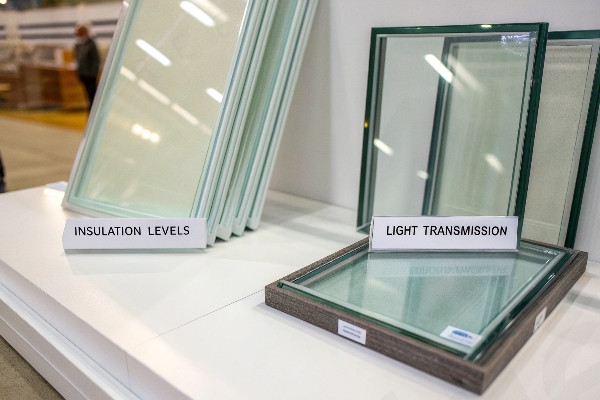
After 29 years in the greenhouse industry, I have seen how glass selection makes or breaks commercial growing operations. Many growers focus on structure costs but overlook glass performance. This creates expensive problems later. Smart glass choices pay for themselves through better crops and lower operating costs.
High Light Transmittance Glass: Ultra-Clear Glass and Anti-Reflective Coating Technology?
Standard glass blocks precious light that crops need for photosynthesis. Poor light transmission reduces growth rates and extends production cycles. Anti-reflective coatings and ultra-clear glass solve these critical issues.
Ultra-clear glass provides 91-95% light transmission compared to 83-87% for standard glass. Anti-reflective coatings add another 3-5% improvement, maximizing photosynthetic activity for faster growth.
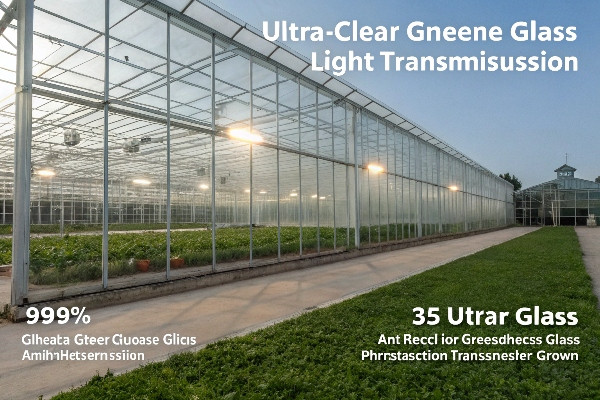
Throughout my career working with growers across Southeast Asia, Europe, and Central Asia, I have witnessed the dramatic impact of glass selection on crop performance. Ultra-clear glass removes the green tint found in standard glass by reducing iron content. This simple change allows more photosynthetically active radiation to reach plants.
The science behind this improvement is straightforward. Standard float glass contains iron oxide impurities that absorb light in the red and infrared spectrum. Plants need this light for optimal photosynthesis. Ultra-clear glass reduces iron content from 0.1% to 0.01%, eliminating this absorption problem.
Anti-reflective coatings work differently but achieve similar results. These microscopic surface treatments reduce light reflection from 8% to 2-3%. The coating creates a gradual transition between air and glass, preventing light from bouncing away. This technology originally came from camera lenses but now transforms greenhouse performance.
I remember working with a tomato grower in the Netherlands who upgraded from standard to ultra-clear glass with anti-reflective coating. His yield increased by 12% in the first season. The improved light transmission extended his growing season and reduced supplemental lighting costs. The payback period was less than three years.
Temperature management also improves with high-transmission glass. More light means plants can photosynthesize efficiently at lower temperatures. This reduces heating costs during winter months. The energy savings compound over time, making premium glass a smart investment.
Greenhouse Structure and Glass Coordination: Optimized Configuration for Frames, Side Walls, and Roofs?
Many greenhouse projects fail because glass selection ignores structural requirements. Frame design, side wall orientation, and roof angles all affect glass performance. Mismatched components create thermal stress, water leaks, and structural failures.
Proper glass-structure coordination prevents thermal expansion problems, ensures weatherproofing, and optimizes light angles throughout the day for maximum crop exposure and minimal shadow creation.
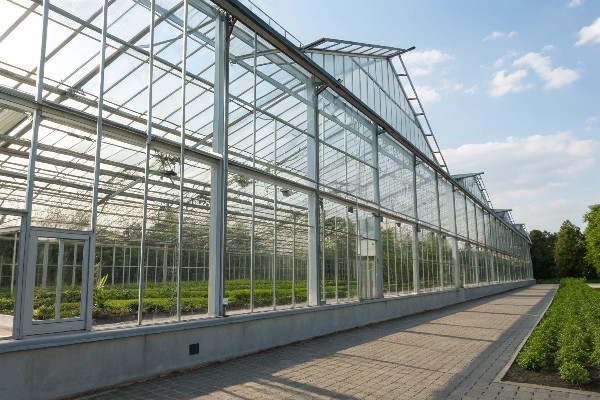
The relationship between glass and structure determines greenhouse longevity and performance. I have seen too many projects where beautiful glass installations failed because the structure could not handle thermal expansion and contraction. Glass expands and contracts with temperature changes. Aluminum frames expand differently than steel frames. These differences create stress that can crack glass or compromise seals.
In my experience with projects across different climates, roof glass selection requires special attention. Roof surfaces receive the most thermal stress from direct sunlight. Single-pane glass on roofs can reach 60-70°C in summer heat. This extreme temperature differential between day and night creates significant expansion stress.
For roof applications, I recommend tempered glass with appropriate thickness based on structural span and local wind loads. Tempered glass handles thermal stress better than annealed glass. The tempering process creates internal stress patterns that resist cracking under thermal cycling.
Side wall glass faces different challenges. Vertical surfaces receive less direct solar radiation but must handle wind loads and thermal bridging. Insulated glass units work well for side walls in cold climates. The air gap provides thermal insulation while maintaining structural strength.
Frame material affects glass selection significantly. Aluminum frames have high thermal conductivity but excellent corrosion resistance. Steel frames provide superior strength but require careful coating to prevent rust. The thermal expansion coefficients must match between glass and frame materials.
Glazing systems also matter. Structural glazing eliminates thermal bridging through frame members. Wet glazing uses sealants that must remain flexible through temperature cycles. Dry glazing systems use gaskets that compress and expand with thermal movement.
I always recommend consulting with structural engineers during glass selection. Local building codes specify minimum glass thickness and safety requirements. Wind load calculations determine glass strength requirements. Snow load considerations affect roof glass selection in cold climates.
Advantages of Diffuse Glass: Even Light Distribution and Reduced Leaf Temperature?
Direct sunlight creates hot spots and shadows that stress plants and reduce photosynthesis efficiency. Concentrated light burns leaves while shaded areas remain unproductive. Diffuse glass solves both problems simultaneously.
Diffuse glass scatters light evenly throughout the greenhouse, eliminating hot spots and shadows. This reduces leaf temperature by 3-5°C and increases photosynthesis efficiency by 15-20% compared to clear glass.
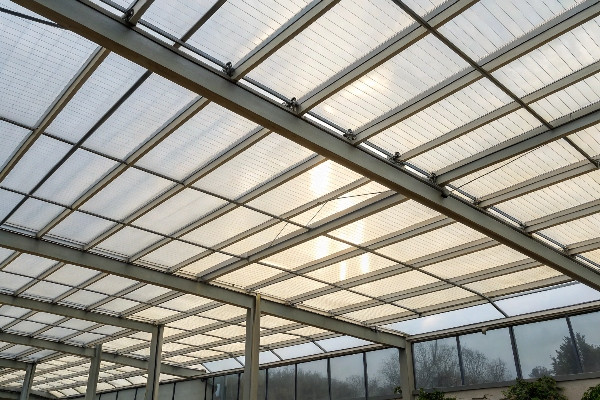
Diffuse glass technology represents one of the most significant advances in greenhouse design during my career. Early greenhouse installations in China used single-layer tempered glass with 4-5mm thickness. These installations created harsh growing conditions with intense direct light and deep shadows.
The physics of light diffusion involves microscopic surface textures that scatter incoming light. Instead of direct transmission, light rays bounce at different angles, creating uniform illumination. This scattered light penetrates deeper into plant canopies, improving photosynthesis in lower leaves.
Temperature regulation improves dramatically with diffuse glass. Direct sunlight creates temperature spikes that stress plants and increase cooling costs. Diffuse light spreads heat energy more evenly, reducing peak temperatures while maintaining adequate light levels for photosynthesis.
Plant physiology responds better to diffuse light conditions. Photosynthesis rates remain high throughout the day instead of dropping during peak sun hours. Stomata stay open longer, improving gas exchange and nutrient uptake. Growth rates become more consistent without the stress of extreme light conditions.
I worked with a rose grower in Colombia who switched from clear to diffuse glass after experiencing leaf burn problems. Rose petals are particularly sensitive to temperature extremes. The diffuse glass eliminated hot spots and improved flower quality significantly. His rejection rate dropped from 15% to 3%, and flower size increased by 20%.
Different diffuse glass types provide varying levels of light scattering. Hortilux glass offers moderate diffusion suitable for most crops. Prismatic glass provides maximum diffusion for light-sensitive plants. The choice depends on crop requirements and local light conditions.
Manufacturing quality affects diffuse glass performance. Cheap alternatives often have uneven surface textures that create optical distortions. Premium diffuse glass maintains consistent scattering properties across the entire surface. This consistency ensures uniform growing conditions throughout the greenhouse.
Cleaning considerations differ for diffuse glass. The textured surface can trap dust and debris more easily than smooth glass. Regular cleaning maintains optimal light transmission. However, the surface texture is durable and does not degrade with proper maintenance.
Long-Term Performance of Greenhouse Glass: Cleaning, Maintenance, and Light Degradation Considerations?
New glass performs well initially but degrades over time without proper care. Dirt accumulation, surface scratches, and chemical deposits reduce light transmission. Poor maintenance destroys glass performance and shortens replacement cycles.
Proper maintenance preserves 95% of original light transmission after 10 years. Neglected glass loses 20-30% transmission, requiring expensive replacement and reducing crop yields throughout the degradation period.
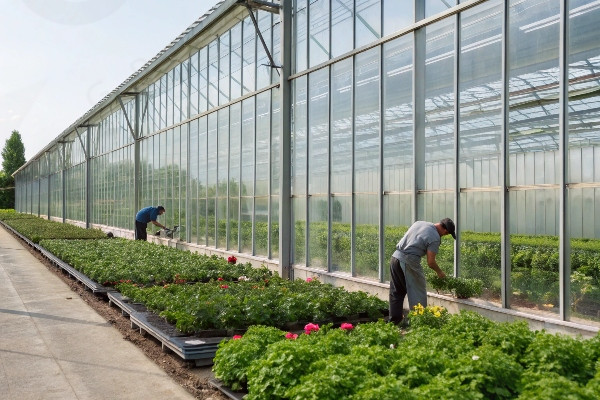
Glass degradation represents a hidden cost that many growers overlook during initial greenhouse planning. I have measured light transmission in greenhouses ranging from new installations to 20-year-old structures. The differences are dramatic and directly impact profitability.
Dirt accumulation occurs gradually and becomes difficult to notice without measurement. Dust, pollen, bird droppings, and industrial pollutants build up on glass surfaces. Even thin deposits can reduce light transmission by 10-15%. This gradual loss affects crop performance before growers realize the problem exists.
Chemical deposits create more serious degradation issues. Hard water minerals leave calcium and magnesium deposits that are difficult to remove. Pesticide residues can etch glass surfaces permanently. Fertilizer drift creates salt deposits that scatter light and reduce transmission.
Surface scratches from cleaning equipment or debris cause permanent damage. Abrasive cleaning materials remove surface coatings and create microscopic scratches. These scratches scatter light and provide nucleation sites for further contamination.
I recommend establishing cleaning schedules based on local conditions. Dusty environments require monthly cleaning. Coastal areas with salt air need bi-weekly attention. Industrial areas with air pollution require weekly cleaning. Automated cleaning systems reduce labor costs and ensure consistent results.
Cleaning techniques affect glass longevity. High-pressure washing can force debris into frame seals. Abrasive cleaners damage surface coatings. Acidic cleaners etch glass surfaces. The proper technique uses soft brushes with neutral pH cleaners and adequate rinse water.
Water quality matters significantly for glass cleaning. Hard water leaves mineral deposits that accumulate over time. Deionized water prevents these deposits but increases cleaning costs. Proper water treatment systems provide the best long-term solution.
Preventive maintenance extends glass life significantly. Regular inspection identifies problems before they become expensive. Seal replacement prevents water infiltration. Frame maintenance prevents corrosion that can damage glass edges.
I have developed maintenance programs for clients that track glass performance over time. Light transmission measurements provide objective data about cleaning effectiveness. Scheduled inspections catch problems early. Preventive replacement avoids emergency repairs during critical growing seasons.
Glass selection affects maintenance requirements. Smooth surfaces clean more easily than textured surfaces. Coated glass requires special cleaning procedures. Self-cleaning glass reduces maintenance but costs more initially. The total cost of ownership includes both purchase price and maintenance expenses.
Conclusion
Smart greenhouse glass selection enhances light transmission, improves insulation, and increases crop yields through optimized growing conditions and reduced operating costs.

